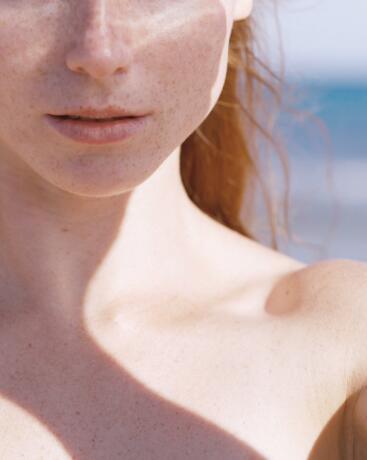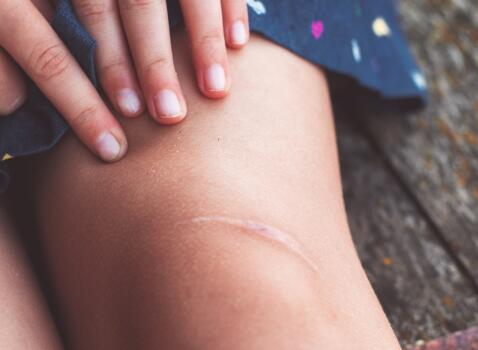Choosing the right sun protection
Are you trying to choose between the different sunscreens available on the market? Here are some factors to consider, when making a decision:
- Sun conditions (season, latitude, altitude)
- Length of exposure (cruising, hiking, sunbathing)
- Area to be protected (areas that are usually uncovered as opposed to covered)
- Phototype and skin type (sensitive, normal to combination, oily, dry or allergy-prone)
- Lifestyle: sporty, urban, stressful, etc.
How to apply sunscreen properly:
- Read the instructions and precautions for use carefully before using a product for the first time.
- Apply your product evenly to all exposed parts of the face and body 20 minutes before going out in the sun.
- Repeat sun protection application every 2 hours, especially in the event of prolonged sun exposure and/or after bathing, towelling or sweating.
- Apply enough product: not applying enough sunscreen significantly reduces the level of protection against sun exposure.

Choosing the right texture:
When choosing the texture, there are two indicators to remember: personal preference and skin type. The drier the skin, the oilier the texture you might choose. As such, creams are suitable for dry skin, fluid protection for combination to oily skin, and so on. The choice of texture or format of your sunscreen can also depend on the area of the body to be protected and the application methods you prefer: spray, lotion, emulsion, fluid, etc.

Choosing an Avène product means that you benefit from our 30 years of research and innovation in sun care.
CHOOSING THE RIGHT SUN PROTECTION

Protecting scars:
Scars don’t like the sun. A scar that is exposed to the sun can leave a permanent mark on the skin. During the first few months of your scar's life, it is best to avoid exposing it to the sun. After six months, once the scar has turned white, it should be protected with a suitable high protection sunscreen. And this is the case for life.
Protecting your moles:
The more moles an individual has, the greater the risk of developing melanoma. It is therefore essential to effectively protect your skin from the sun in order to limit the appearance of new moles as much as possible, with a sunscreen adapted to your skin type.

MORE
- Sun in the citySun in the city
Lorem ipsum dolor sit amet, consectetur adipiscing elit, sed do eiusmod tempor incididunt ut labore et dolore magna aliqua. Ut enim ad minim veniam, quis nostrud exercitation ullamco laboris nisi ut aliquip ex ea commodo consequat. Duis aute irure dolor in reprehenderit in voluptate velit esse cillum dolore eu fugiat nulla pariatur. Excepteur sint occaecat cupidatat non proident, sunt in culpa qui officia deserunt mollit anim id est laborum.
NEWSLETTER
We're always here for your skin!
All our advice on how to take care of your skin day to day.

Which skin care routine should you adopt?
Identify what it really needs with the help of our experts and discover the most suitable skin care routine for you.






